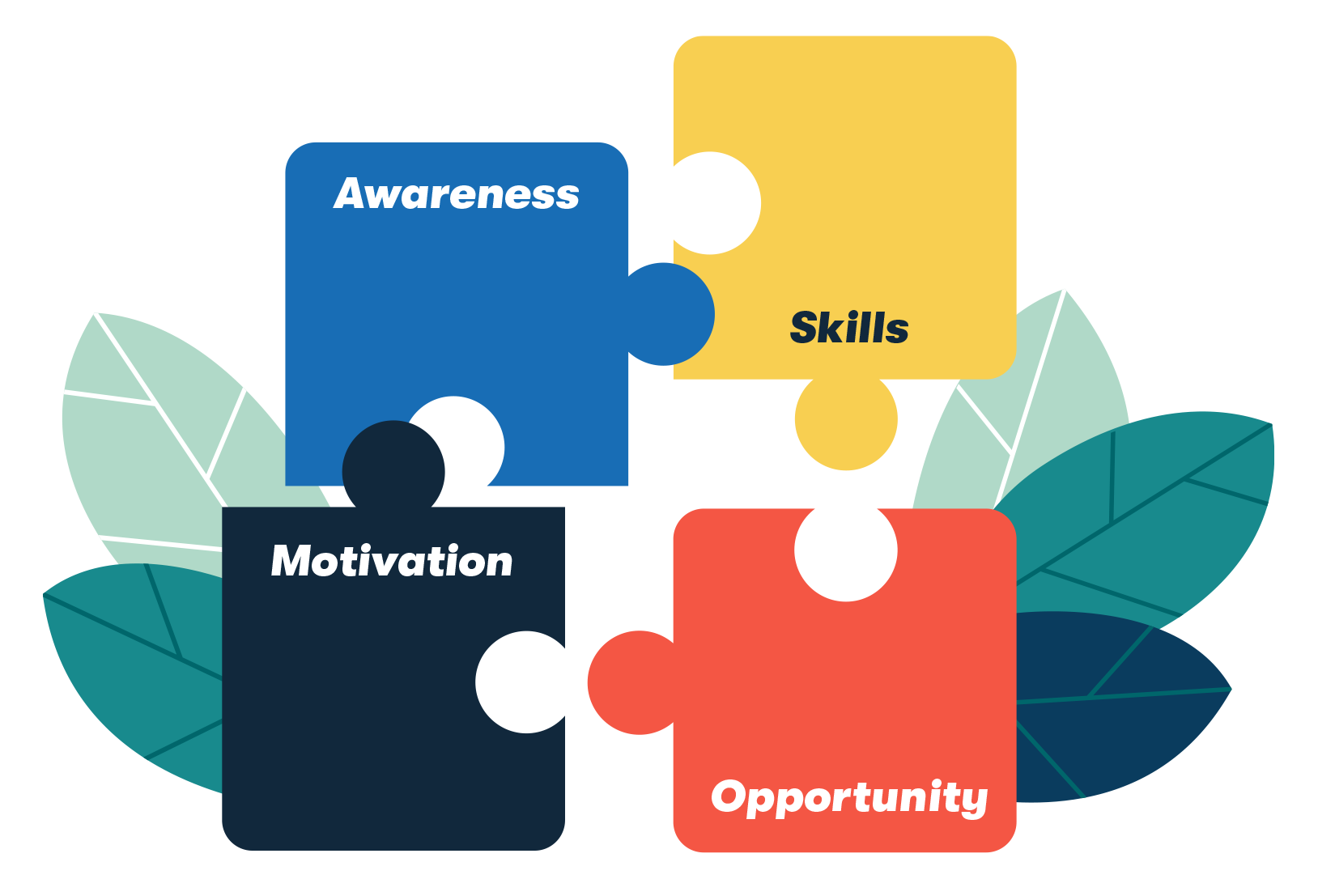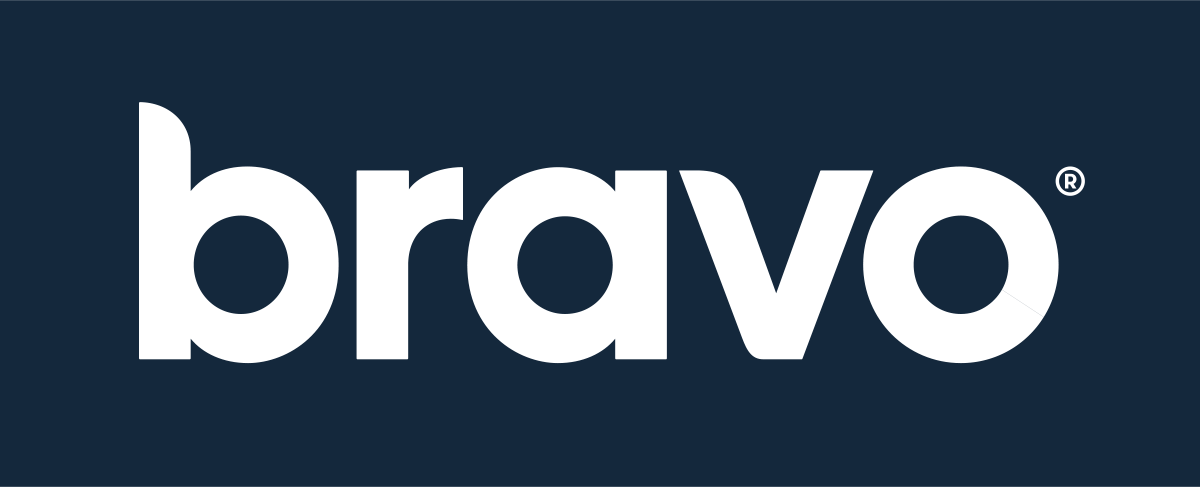Implementing an effective and impactful wellness program is no small task. Managing the needs of your employees requires an understanding of the factors that influence their personal lives and work performance. When done correctly, wellness programs can not only improve employee health but boost workplace efficiency. Healthier employees have lower claims costs, can better handle stress, problem solve, are more productive and have an increased sense of company morale. They are also more resilient, make better leaders and are more engaged in their work.
Wellness programs bridge the gap between wanting your employees to become healthier and making it happen. Setting up a successful plan can help you identify and manage preventable health risks and manage employees' stress and emotional well-being. Not to mention, it will also help you cut down on costs as poor health among the workplace costs US employers $530 billion annually.
We've seen a lot over the past thirteen years, and we're here to help employers inspire measurable and sustainable change through their wellness programs. We've combined our lessons learned into a guide so your business can get started with a wellness plan that works best for your company.

Assess Your Population’s Health, Wellness Needs and Set Goals
When creating or adjusting a wellness initiative, a good first step is assessing your culture. Spend some time getting an idea of your employee's perceptions and expectations to increase buy-in when it comes time to launch your new (or improved) wellness program. Each program year is an opportunity to increase engagement, but it starts with listening to your people. There are three ways to do this most effectively:
1. Use an online health assessment to gather information about employee lifestyles and needs.
You’ll find a goldmine of actionable data by deploying a lifestyle health assessment that measures readiness to change in holistic categories including nutrition, exercise, and mental health. This data can help you narrow down the health goals on which your program should focus. Talk with your vendor to see if they can provide aggregated health assessment data from different subsets of your employee population—because many corporate office workers have different health needs than physicians, truck drivers or factory workers.
2. Review previous biometric and claims data to understand risk and disease prevalence.
Organizational goals should also derive from non-self-reported data about the employee population. Take a look at your organization’s aggregated medical, pharmacy, worker's compensation and disability claims, and any previously gathered biometric data from your wellness program to understand what risks and medical conditions are driving healthcare and productivity costs.
3. Supplement your analysis with targeted surveying and focus groups.
Once you have a baseline understanding of your population’s needs from validated data sources like a health assessment and medical claims, you can use online surveys and focus groups to further refine your organization’s needs and wellness approach.
If, for example, your objective is to reduce the smoking rate in your population, instead of surveying all employees, "what benefits would you like to see through our wellness program?" a more appropriate survey question might be targeted to smokers: "Rank in order of interest: free patches, nicotine gum, hypnotherapy, cognitive behavioral therapy, online support and telephonic support."
With this feedback, you'll get actionable insight because your approach aligns with your objective. You're still getting employee feedback on what they value, but you didn't ask such an open-ended question that they came back with a completely unrelated response. You want actionable feedback related to the organizational objective while still getting valuable feedback on what is most important to your employees.
4. Conduct a cultural and environmental review.
A thorough review of your organization’s policies, cultural norms and the physical work environment helps identify factors that may promote or undermine employees’ health and lifestyles, and ultimately the success of your wellness program.
Here are some factors you can look for when conducting an environmental review:
- Is your workplace in a walkable location?
- Are stairs available, clean, well-lit and conveniently located?
- Does your floor plan encourage movement from one office location to another?
- Do you offer fitness perks like gym memberships or even open rooms for exercise?
- What policies are in place that could affect how employees view the company's perspective on personal health and wellness?
- Are flexible work schedules allowed?
- What is the paid time off and sick leave policy?
- What types of food are offered in the cafeteria and vending machines?
- Are employees encouraged to take incremental breaks to move and refuel throughout the day?
5. Set Meaningful Goals
Once you've got a clearer picture of your population’s health, you can begin to set your wellness goals. Goal setting helps you define what success looks like and will help you narrow down your strategy. The three most important aspects of goal setting are:
- Defining them clearly.
- Making them measurable.
- Ensuring each part of your strategy is tied directly to your goals.
Looking for specific strategies to help set your wellness program goals? Check out our blog on different goals to consider and ways to get started.

Design your employee wellness initiative
Analyses of the best employee wellness programs have concluded that a "therapeutic dose" of Awareness, Motivation, Skills and Opportunity to be successful. Use Dr. Michael O’Donnell’s AMSO framework as outlined below as a checklist, and talk with your vendor about what services you can use to fill in the gaps. The following # sections will cover these in greater detail to help you design a comprehensive wellness initiative.
Awareness:
An essential part of a wellness program is providing awareness to your employees about their health status and potential risks through an appointment with their physician, biometric screening and lifestyle health assessment. Consider including a coaching consult to ensure each employee knows what their screening results mean and how their lifestyle impacts their health.
Motivation:
When attempting to help people change their behavior and reach their goals, it’s important to take a holistic approach that incorporates all of the elements critical to the individual, including their readiness to change. This is where incentives come in. When you can engage employees through incentives, you can motivate them to achieve the healthiest version of themselves.
Skills:
Once you have the awareness and motivation, you’re ready to put into action the skills you need to be successful within and beyond the wellness program. We recommend helping employees learn new skills and enhance their habits through personalized coaching, online courses covering lifestyle improvements and even finding specific solutions that will help your employees manage disease risk.
Opportunity:
Seek to create a workplace culture and environment that makes choosing healthy behaviors easier than choosing unhealthy behaviors. If your workplace prioritizes health and wellness, employees will feel more motivated and prepared to engage in healthy activities.

How to Engage Employees In Your Wellness Initiative
The time and resources spent constructing a wellness program are all for naught if employees don’t participate. But there are several common reasons why employees don’t participate so be sure to address them in your employee communications strategy.
When you want to engage employees and remind them of the benefits and importance of the program, it’s vital to use these four strategies for engagement: incentives, communications, spouse involvement and wellness champions.
Using Wellness Incentives to Increase Participation
In a recent survey of our participants, 68 percent stated that financial incentives and a personal desire to be healthier equally influenced their decision to participate in the program and take the next step in their well-being journey.
The best program designs deploy meaningful incentives to motivate and sustain a healthy lifestyle. Incentivizing specific healthy activities like meeting biometric goals or screening with a doctor can allow you to empower everyone in your organization to earn the incentive and put affordable health insurance within their reach. How you reward participation should be meaningful to your population and may change over time. We suggest considering a range of reward options such as a premium discount, extra money in their paychecks, an HSA deposit or a gift card. When you offer employees an incentive, you’re helping nudge them one step closer to being happier and healthier at home and in the office.
Make it Family-Friendly
Healthy habits start at home. Excluding spouses from your wellness initiatives may result in short-term savings but will have long-term consequences on your programs' performance. Research suggests that when spouses participate:
- Employee participation rates are twice as high.
- There is increased participation in meaningful interventions like tobacco cessation and lifestyle coaching.
- Preventable medical claims costs are reduced.
Build a Wellness Champion Network
Identify leaders within your population who are passionate about wellness and get along with their co-workers. Empower them to create excitement around your wellness initiatives and provide them with the tools necessary to succeed. Wellness champions:
- Provide boots-on-the-ground support for your wellness program.
- Promote the program to hard-to-reach demographics in a more personal way.
- Lead by example, encouraging and counseling co-workers to practice healthy lifestyles.
Download our Wellness Champion Guide to learn how to launch and grow a wellness champion network that supports your culture and helps you achieve your organizational wellness goals.
Provide Resources to Empower Behavior Change
The problem with many wellness programs is they tell people what to do but not how to do it. And most of us already know what we should be doing be healthier. If the goal is behavior change, you can't expect everyone to have the skills or accountability to succeed independently.
Explore resources and interventions that cover multiple learning styles to empower your entire population to work towards improvement. Consider providing a combination of the following:
- Health articles, recipes, videos and lunch and learns to teach employees new skills.
- On-demand online courses to help address the root cause of unhealthy or addictive behaviors.
- Multi-channel coaching to provide employees with guidance and accountability to create and sustain healthy habits (may include in-person, telephonic, email or video chat).
- High-risk or chronic-care coaching to help employees manage their existing conditions and have a better quality of life.
Many interventions and point solutions are available to help employees with a range of health goals. Just make sure that the ones you select are rooted in research and health outcomes to get the most impact.
Create Opportunities for Lasting Change
Having the opportunity to practice a healthy lifestyle is one of the most critical factors in creating sustainable behavior change. As an employer, there are several things you can do to lower the resistance to change and promote a healthy lifestyle.
To create lasting change, look back on your environmental review to determine where you can make changes in your physical office spaces, policies and culture that support health and well-being.
Changes to physical spaces:
- Installing bike lockers to encourage people to bike to work
- Converting an unused meeting room into a make-shift exercise space
- Make taking the stairs attractive and most efficient way to get around the building
- Move vending machines to further office locations
- Stock the kitchen with healthy snacks
- Including standing desk options
Alterations to company policy:
- Encourage standing, walking and stretching during break time
- Take meetings outside, standing or walking
- Allow for flexible schedules that make time for employees to exercise or visit their doctor
- Offer discounts to healthy stores and restaurants
- Incentivize health and wellness initiatives
Cultural shifts:
- Establish support groups that focus on wellness lifestyles like healthy cooking and exercise
- Recognize when employees are making choices to live healthier
- Make healthy choices the norm by incorporating wellness into meetings, paid time off and sick leave policies and materials that reflect the company’s values and goals.

Measure the Effectiveness of Your Program
One of the biggest myths in the industry is that wellness doesn't work. If wellness isn't working for you right now, it's time to ask questions. What are you measuring, and how do you measure it?
It's never enough to launch a program and leave it ‘as is.’ Any high-performing company must focus on achieving its wellness program vision by accurately measuring its progress and adjusting along the way.
Find a partner, such as Bravo, who can collect, store and interpret the data for you and provide proactive insights that will help you along the way.
Press into the metrics they provide, asking specific questions on how the incentives, tools and resources offered to employees are impacting health improvement. The keys to maintaining a results-driven wellness program include measuring success and monitoring goals.
Don't Just Ask:
- How many people are using the program?
- How many people are syncing a device?
- How many people are participating in a coaching program?
Also Ask Things Like:
- Are individuals who utilize the app more likely to improve their health?
- Are the interventions helping those who need it most? Are they helping people reduce risks?
- What does our year-over-year health improvement data say?
Having trouble understanding what success means for your wellness program? Check out our resource on Defining Success in Wellness.

Celebrate Success
We often skip the step of celebrating success and move right on to the next goal. But taking time to recognize progress and achievement helps encourage your employees and builds momentum to continue the trajectory of success.
Collect testimonials on how the program has impacted your people in their everyday lives. With their permission, share these stories to help support your wellness initiatives and strengthen the culture.
Show your employees how much you appreciate their participation by finding ways to celebrate, honor and reward them in a healthy and inspiring way.
Remember that your wellness program isn't about achieving perfection—it is about seeing improvement, which is always a moving target. Help employees see how their progress contributes to the organization's success by sharing personal stories and aggregated data.
We're here to help get started building the best wellness program for your culture. Let's get to work.


